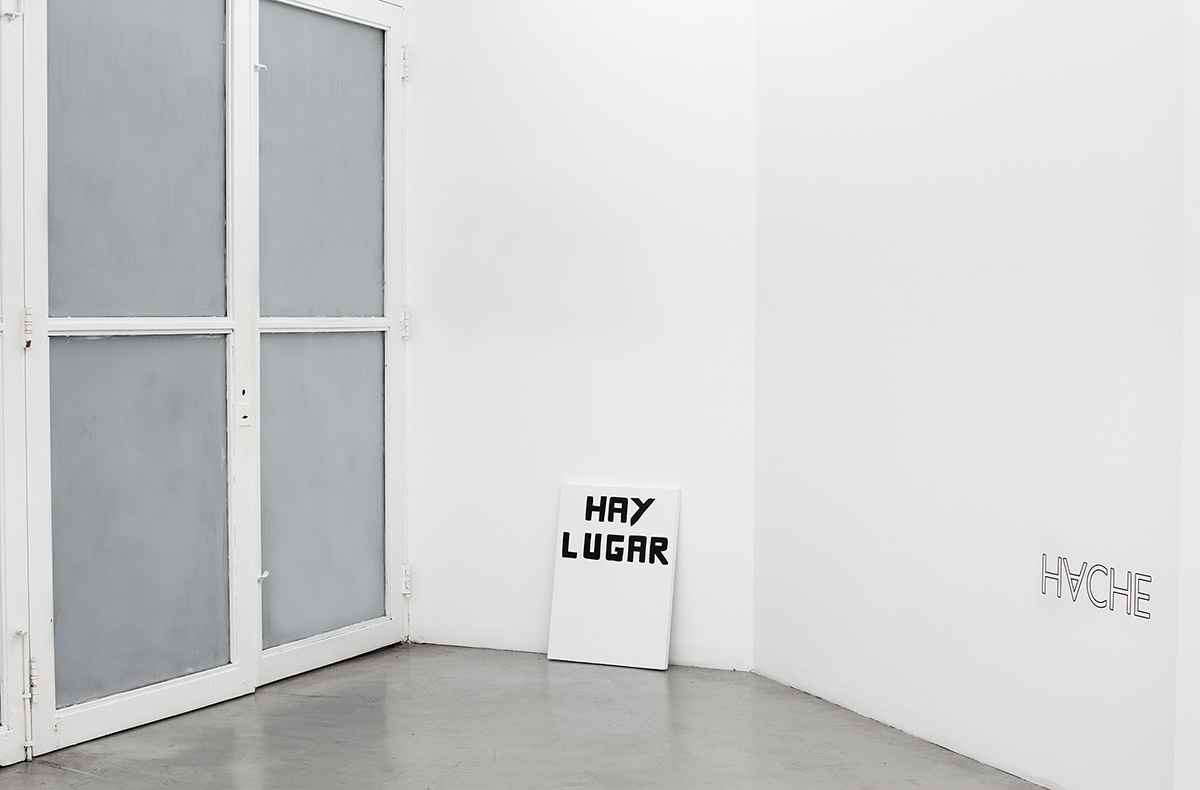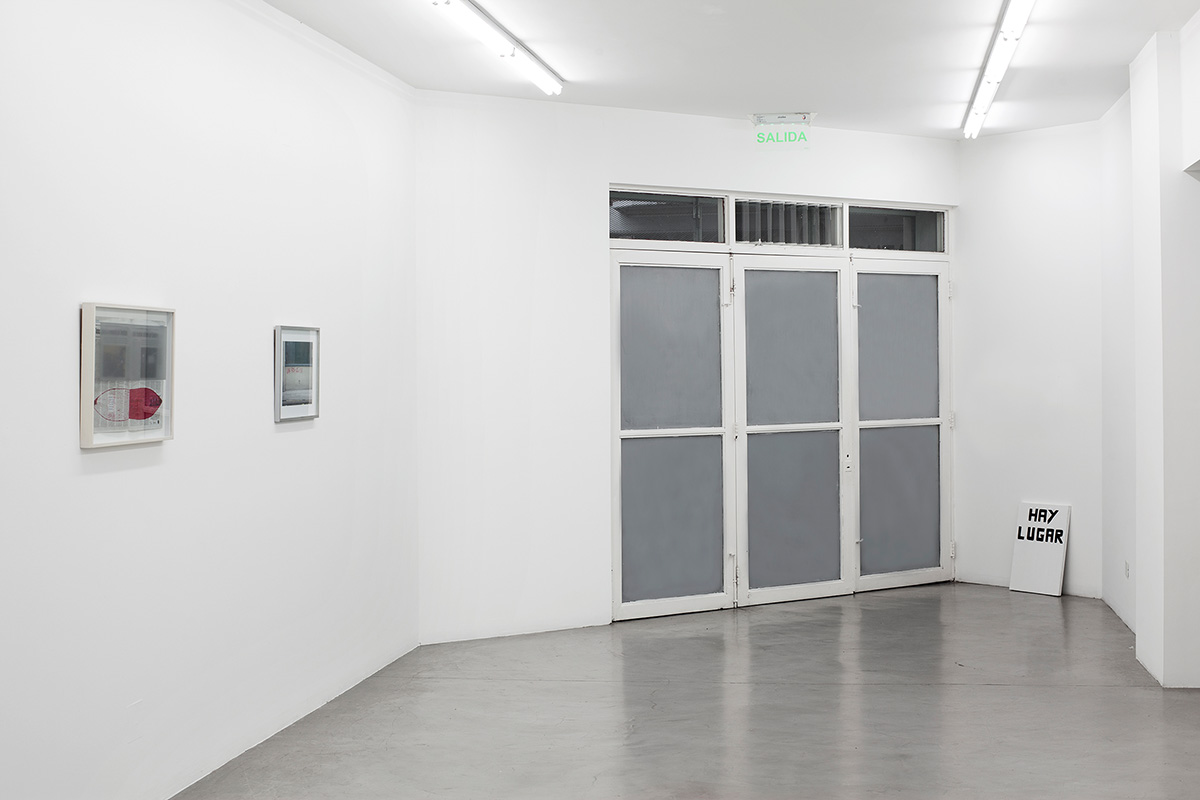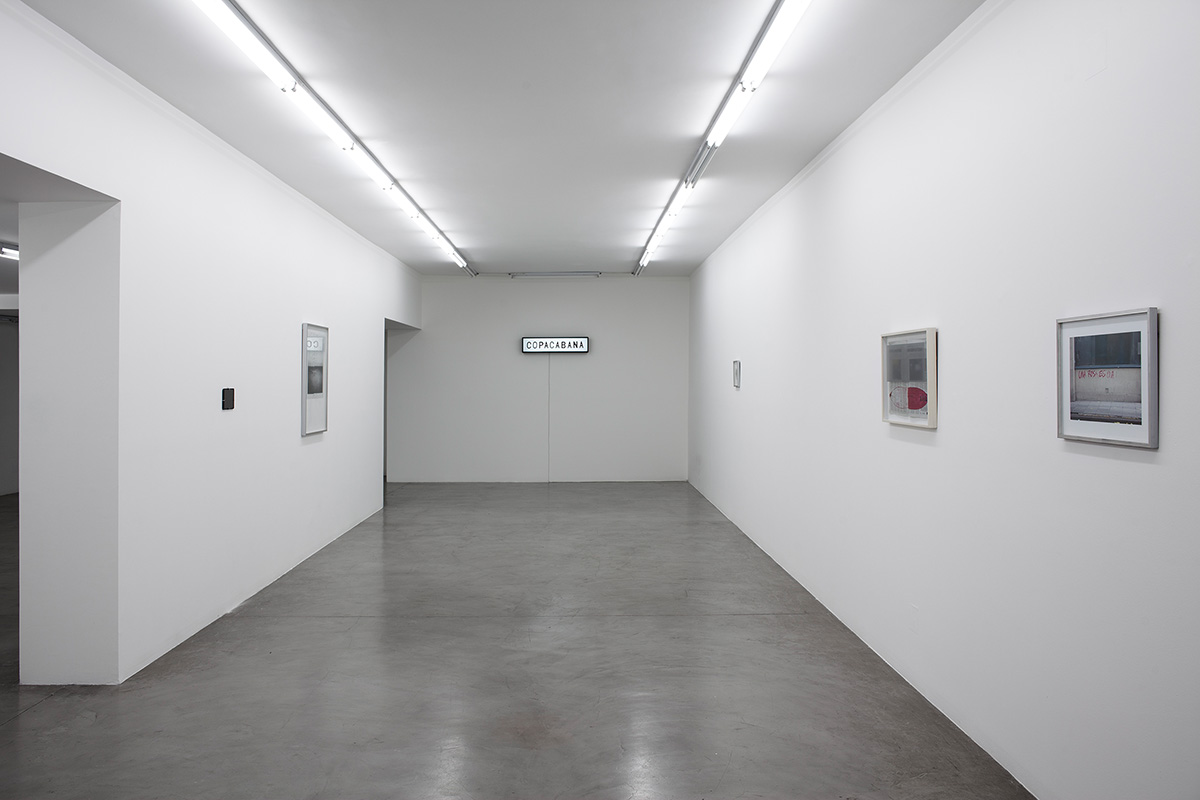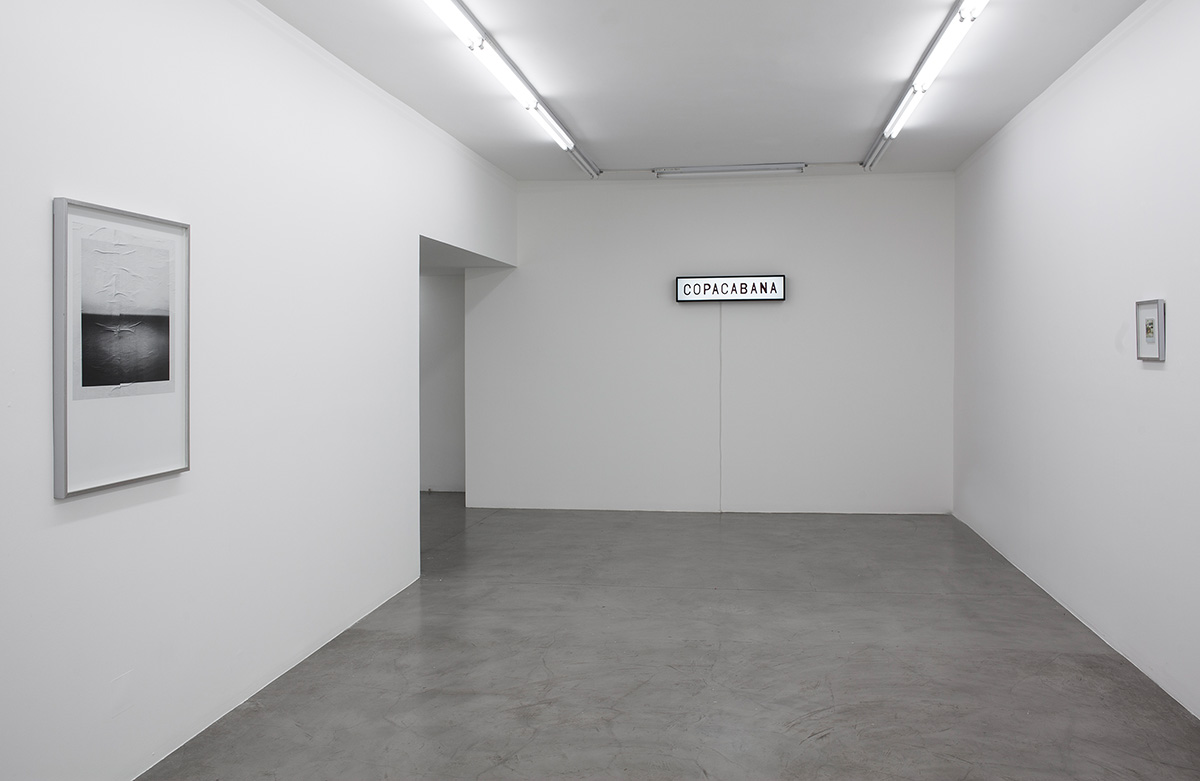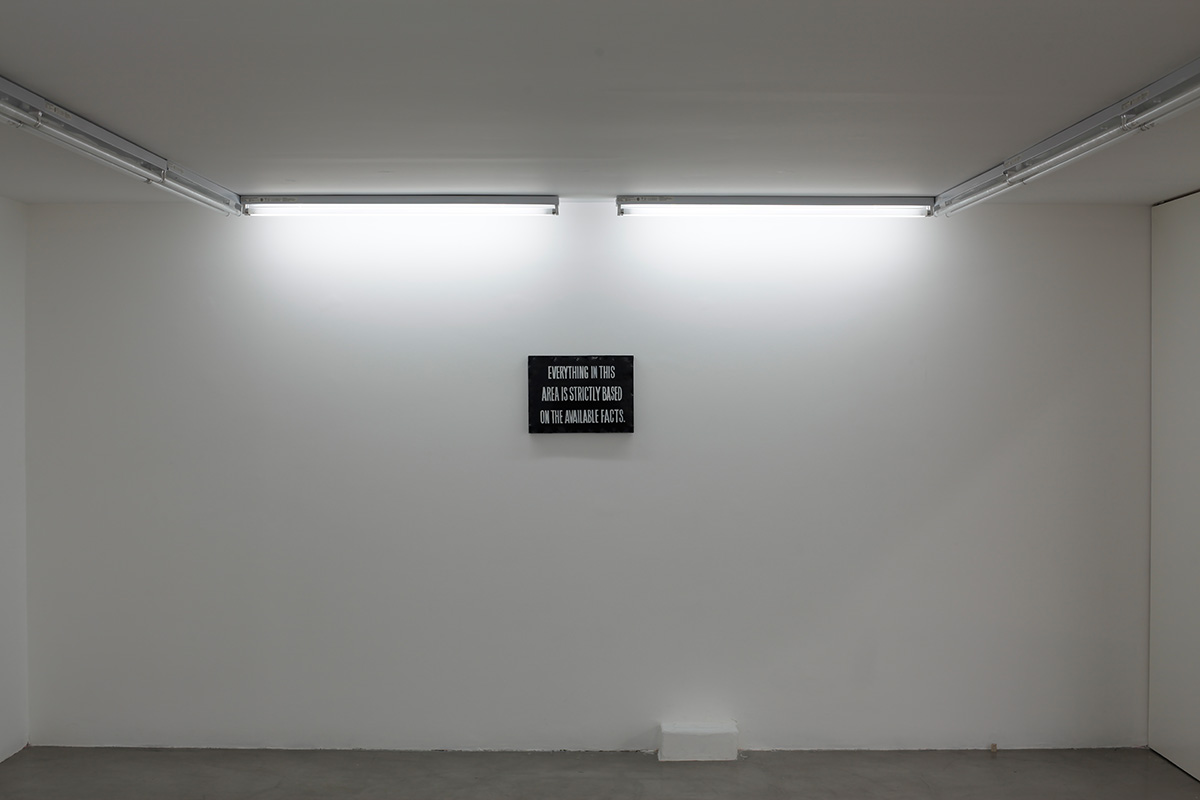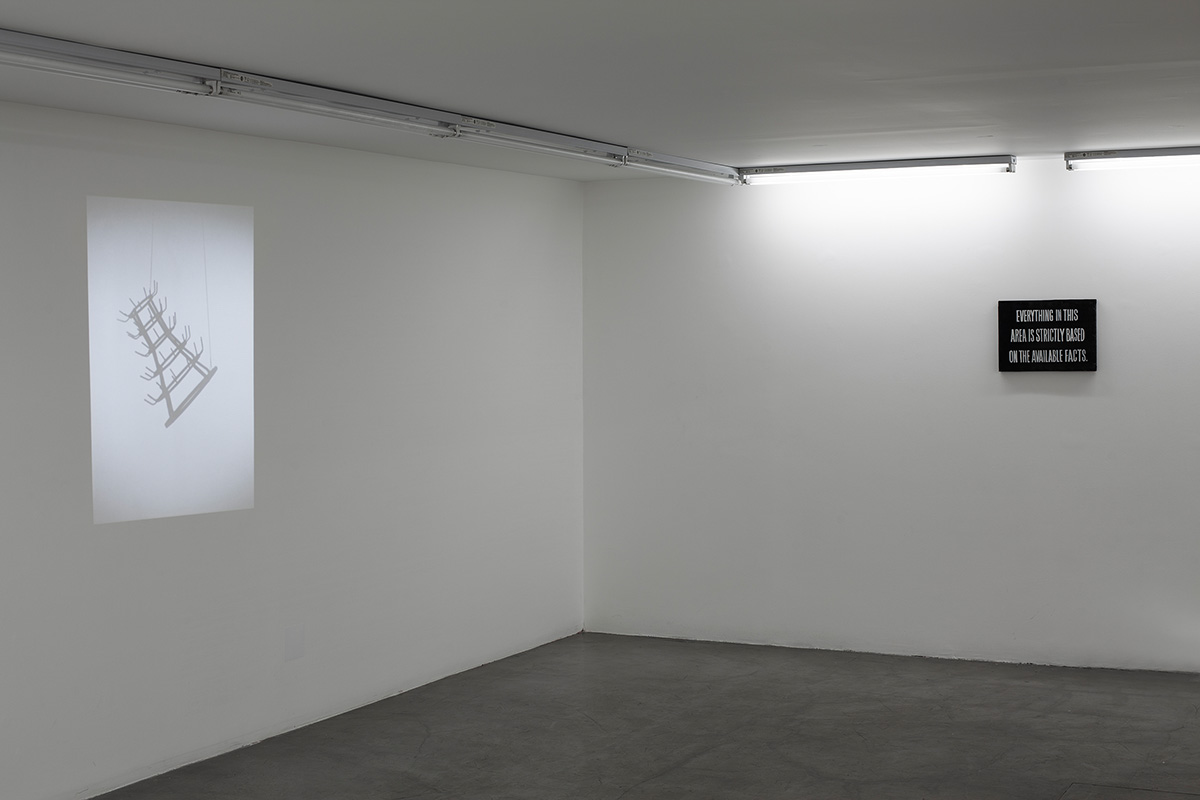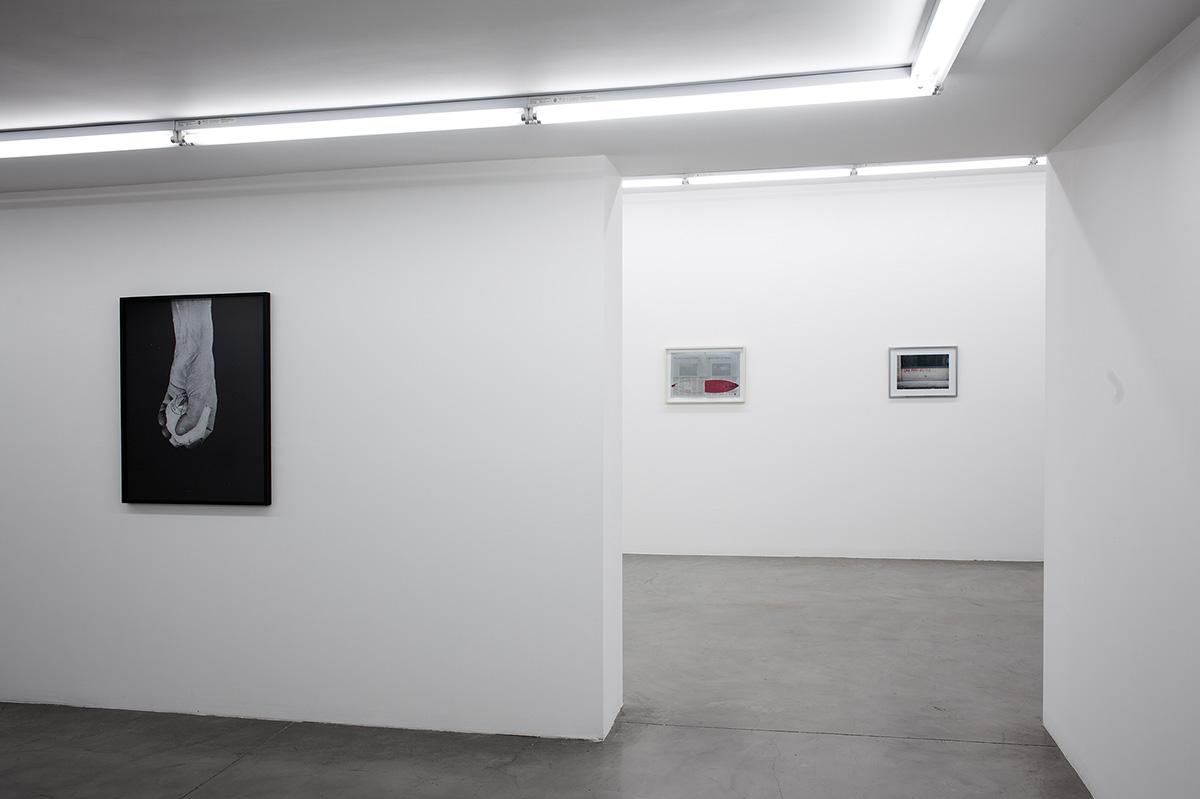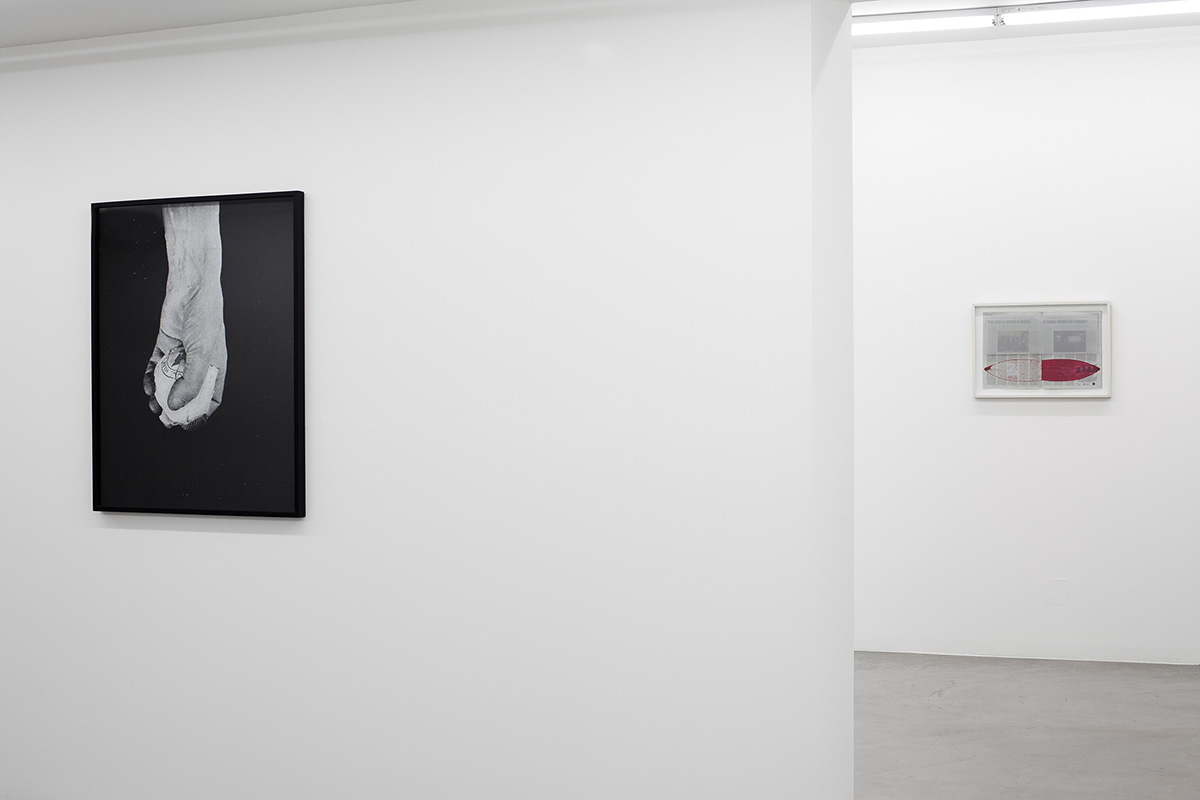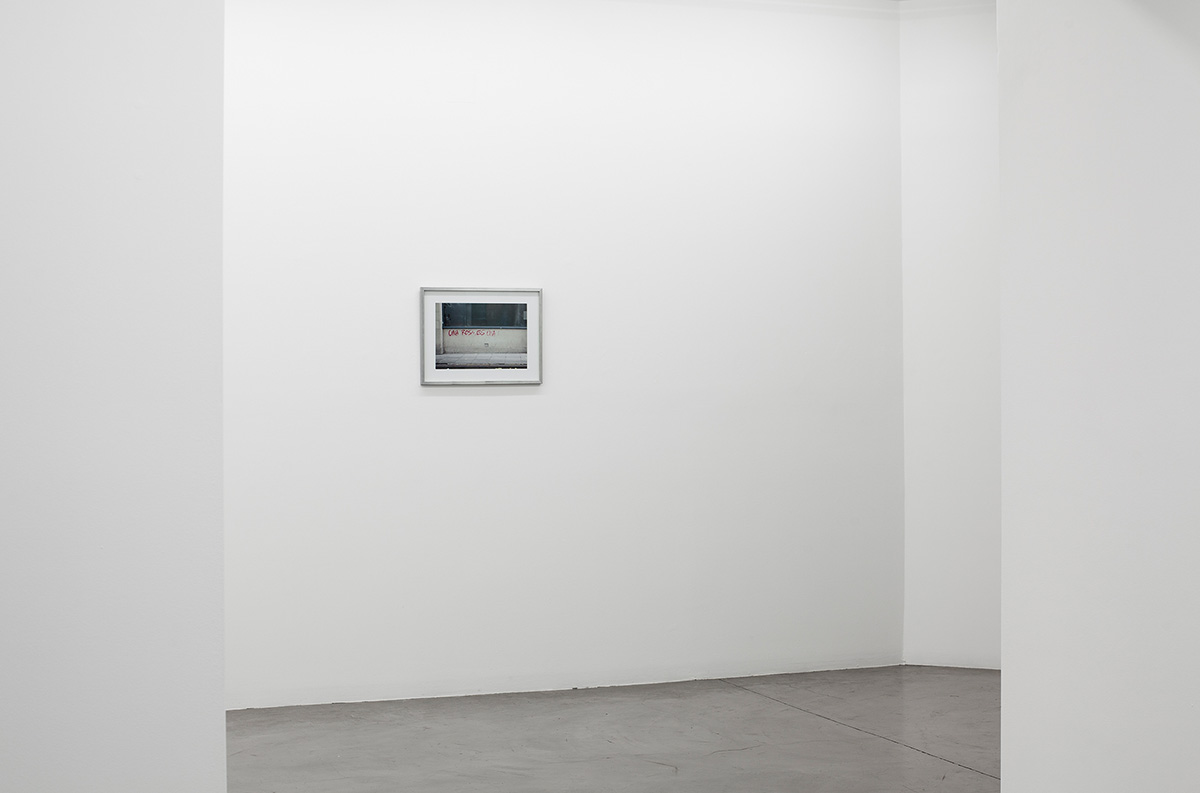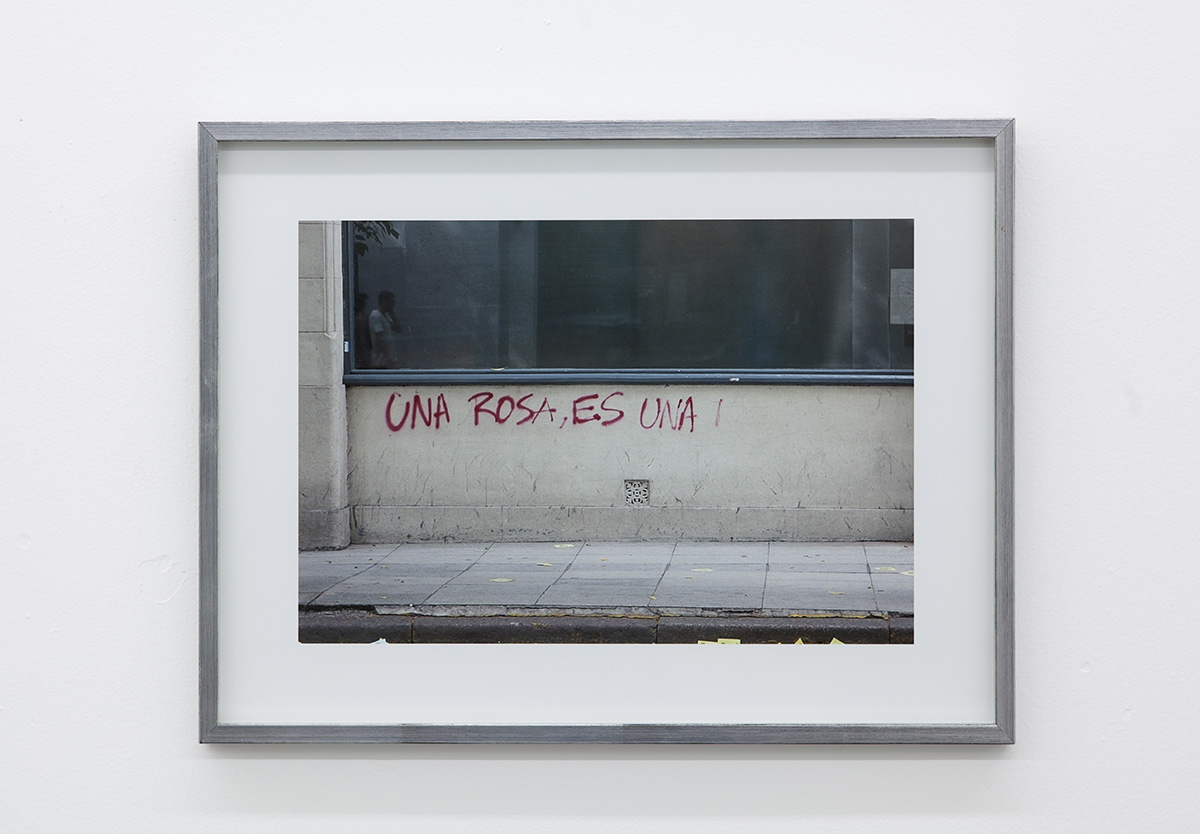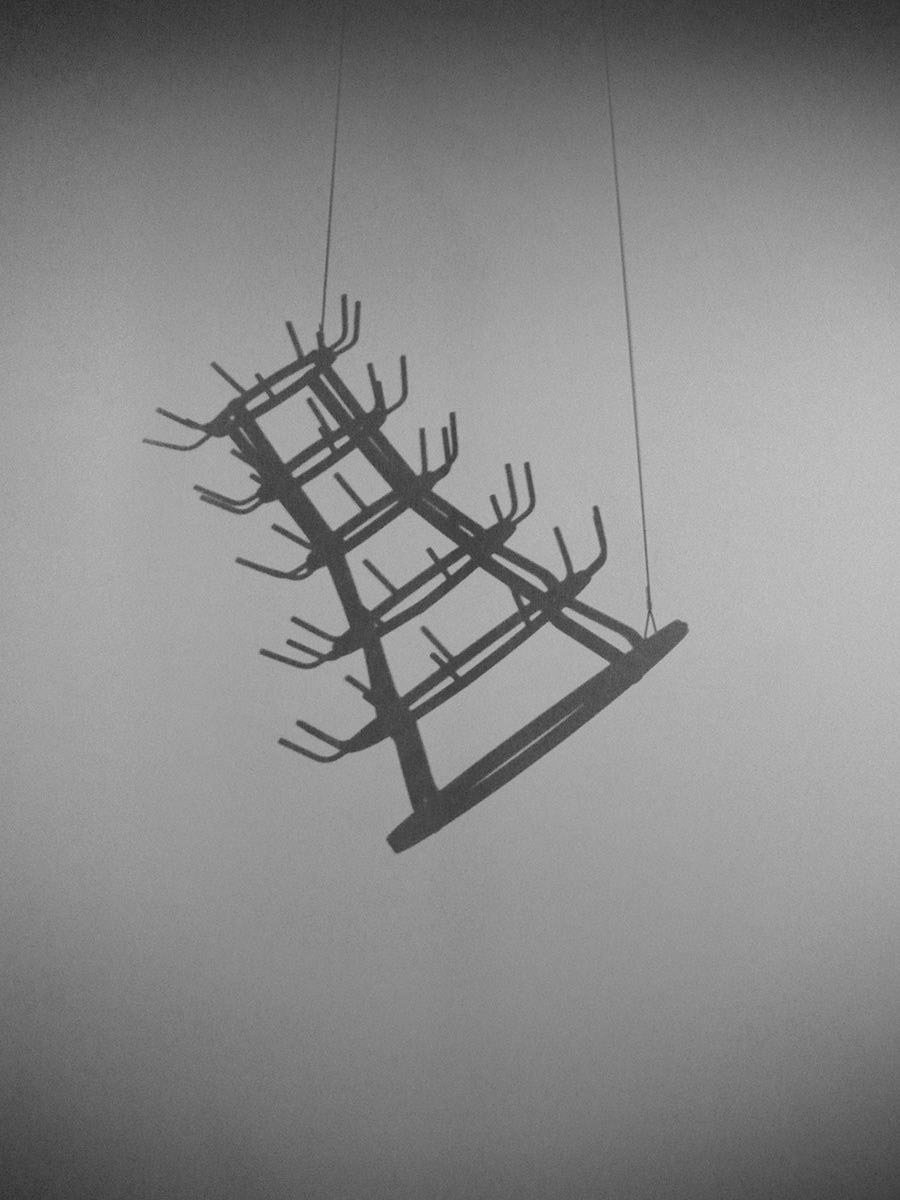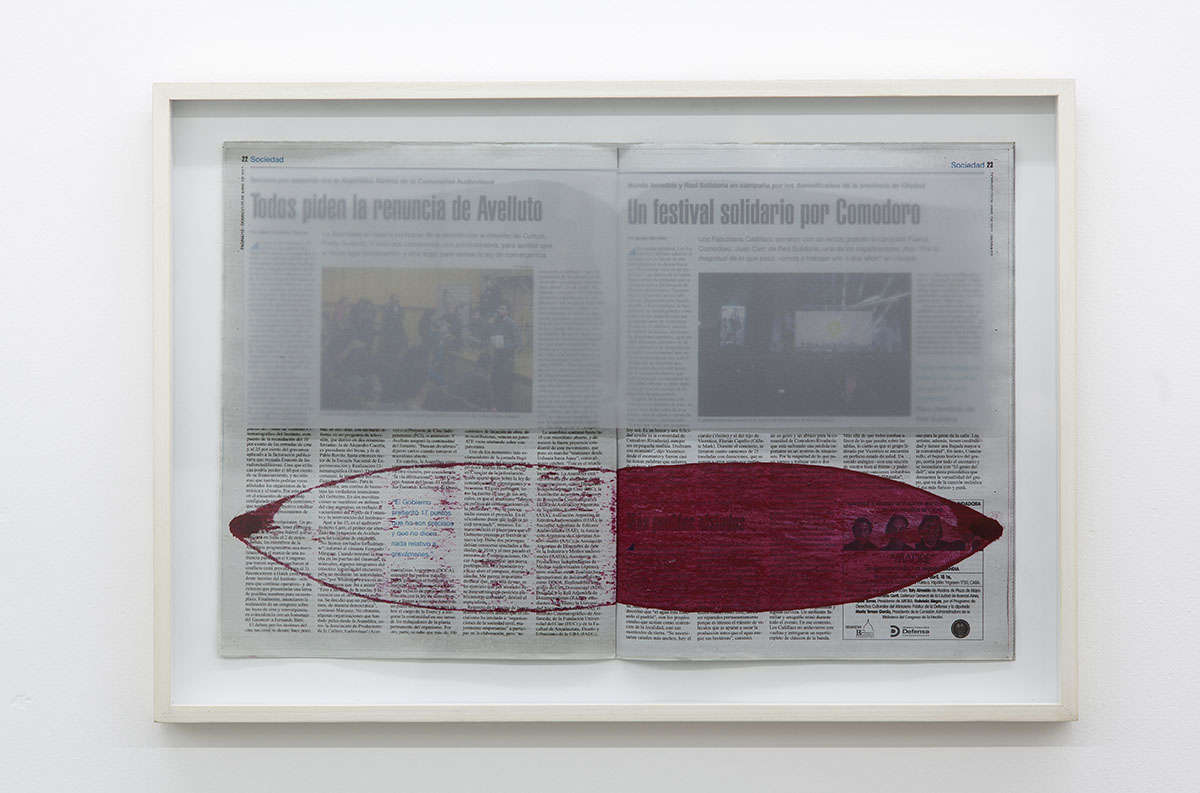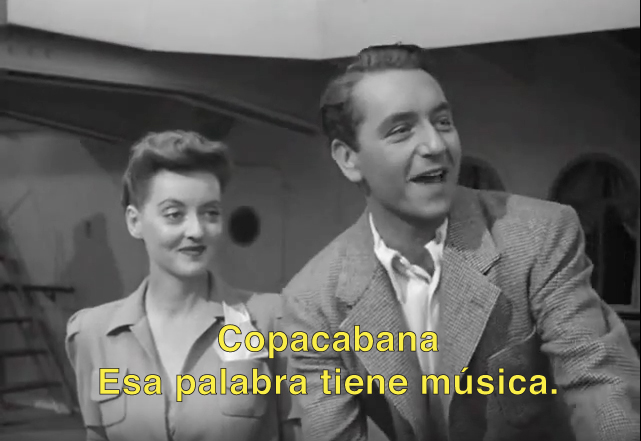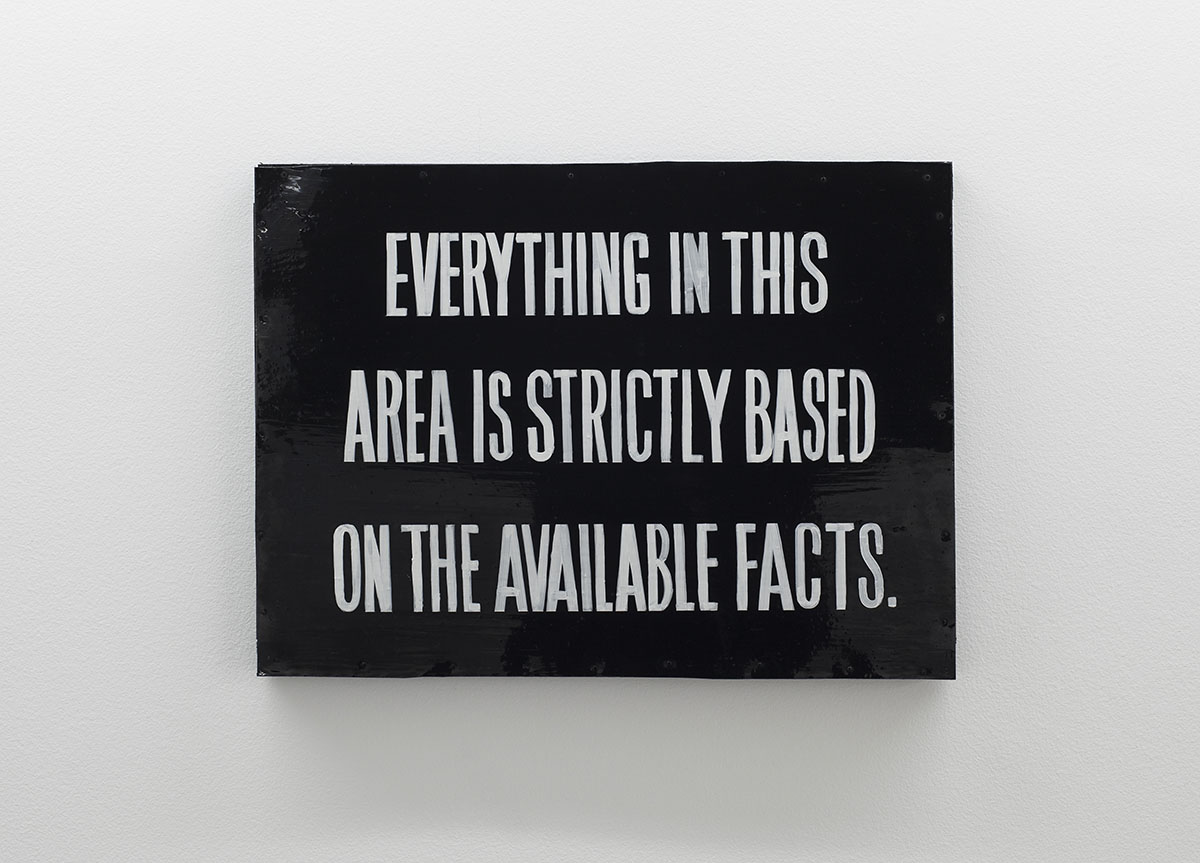Una rosa, es una
IVANA VOLLARO
curated by Santiago García Navarro
May 2. — jun 9. 2018
exhibition view
Ph. Ignacio Iasparra
works
Una rosa, es una, 2010
Ivana Vollaro
Digital photography
11.02 x 19.29 in
Edition 1 of 5 + 2 A.P.
No line on the horizon, 2009
Ivana Vollaro
Digital photography
35.4 x 25.5 in
Edition 2 of 5 + A.P.
Klein. Series Argan, 2010-2018
Ivana Vollaro
Digital photography
18.11 x 13.77 in
Edition 1 of 5 + 2 A.P.
Dubuffet. Series Argan, 2010-2018
Ivana Vollaro
Digital photography
18.11 x 13.77 in
Edition 1 of 5 + 2 A.P.
Pollock. Series Argan, 2010-2018
Ivana Vollaro
Digital photography
18.11 x 13.77 in
Edition 1 of 5 + 2 A.P.
TEXT
When Ivana and I started thinking about what this show was going to be like, she ended up showing me a number of works that were scattered here and there—some of them finished, others only partly, and one or two only sketched out. (Most of them have never been exhibited before, a few have been modified or “assisted” in relation to a previous version, and some may—perhaps—have been exhibited in identical form). At a certain point, we placed the images of all the works on the floor of her study and, looking at them one by one, reached the conclusion that they had a common invisible pattern. We had started working with posttruth—a notion that Ivana has been interested in for some time—but we ultimately understood that adhering to a single topic jammed rather than facilitated discovery, and that it would be best to change tactics. It was in that atmosphere that the pattern surfaced.
There is, for example, the shrub that flutters—how we don’t know—the first mobile shrub in history. When we looked at the microvideo once more, it seemed that what the shrub covered up—and the effects of that covering up—was more important than the shrub itself. Next the signs that read “full” and “vacancies.” Though their messages may be incompatible, aren’t they getting at the same thing, since the neutral background on which both are placed is the determinative? Both of them suggest the plane, the lot, the territory, the dimension—real, imaginary, or fictitious—where emptiness and fullness alternate, coming and going as if at sea.
And what to say of the non-response to the recorded message that asks the caller to specify sex, and the resulting suspension of the logic of the message and of the system in which it functions, but mostly the sudden reference to an indefinite and previously unimagined third party? And of the series of barely distinguishable paintings produced by different authors and at different times taken from a photocopied book by Giulio Carlo Argan? (Ivana looked to that book not as a guide while studying art history at college—it would not have been very useful to that end—but in gestating a way of seeing and of imagining that would have been inconceivable to Argan.) And of the broadcasts of soccer games where all we see are the fans in the stands, origin of a trend that will mean that in the future ninety percent of viewers the world over (the happily banished) imagine what they can’t see? And of the verse by Gertrude Stein (“Sacred Emily,” 1913) that gives the show its title, a verse that appeared written in the street, but in incomplete form, perhaps as a way for the copyist to avoid the attention of the police? Extenuating circumstance! And of the arm of the worker that suddenly showed signs of rising up, of an incipient uprising, of the beginning of a change? (What uprising, what change? Is he perhaps addressing us?).
And of Copacabana? Of all the display signs of its type—so common until not long ago on the legendary Rio de Janeiro beach—it is the only one that bears the magical name, both summing up and rendering abstract all of the place’s stories, gestures, and codes. What could be emptier, or fuller, of the possible than an imaginary? In the still from Now, Voyager (Irving Rapper, 1942), meanwhile, we see the ones seeing but not what they are seeing (and that is why it enraptures us: it puts us before an expanded field vastly larger than the largest panorama of the Rio beach).
What bound all of these works together was—it became clear at the end—their power of reference. Their ability to summon an exteriority, even if within one’s self. What non-world or non-worlds are signaled in that folding in and out, and where, amidst those non-worlds, is the one who steers our attention to them? The subtlest things of all, Ivana seems to say, are the ways—always different, never the same—that reality itself calls on us again and again to communicate with that which does not yet exist, with other ways of understanding that which is not yet (present) or never will be (present). Subtle alternative constructions that reality itself produces, latent power of displacement, spaces of the irreal in the real, that the artist signals, and little else. “How to get out of the image?” she seems to ask. What unpredictable third party might arise in the infrathin differential between Duchamp’s
corkscrew, which we are familiar with, and its shadow, which thanks to Ivana we see for the first time? The work—if there is one—floats between what we see and what we don’t see.
.
Santiago García Navarro
